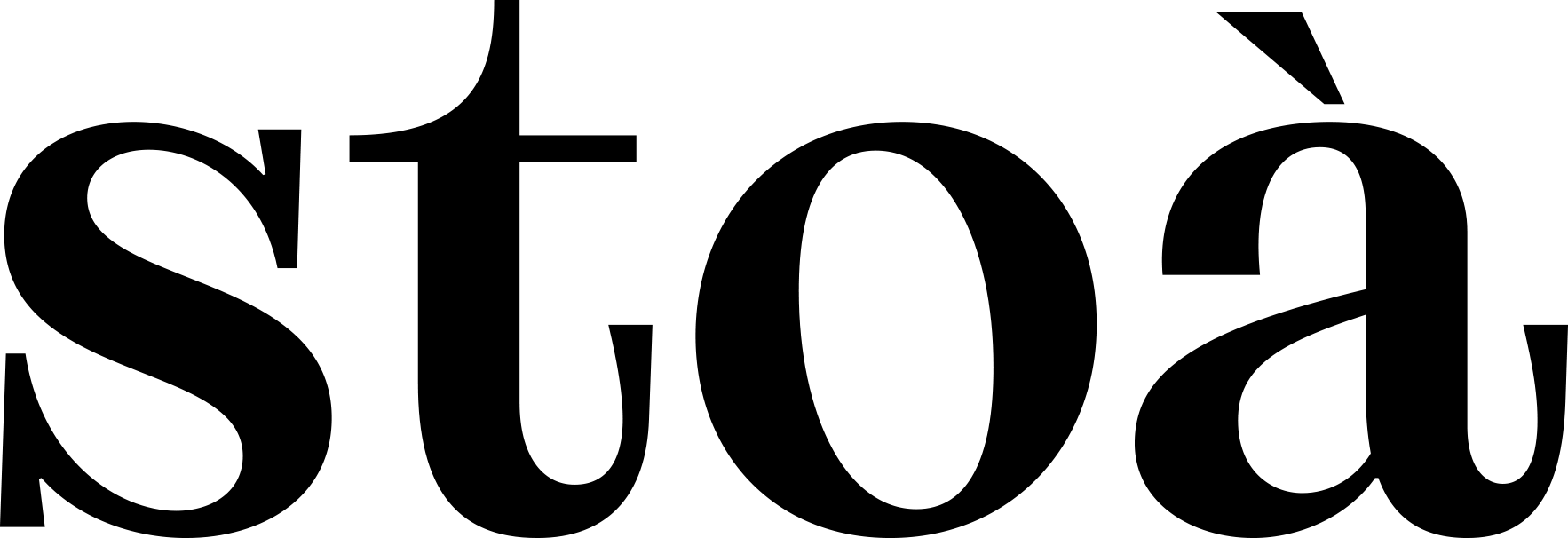︎︎︎ Call for Abstracts
STOÀ
Journal n. 9, Year IV, Issue 1/3, Winter 2023
[Inteferences]
Architecture depends on an extraordinarily large number of factors beyond the direct control of the architect. Over the years, the specialisation of the production process and the overall complexity of manufacturing have greatly intensified this dependency and made it ever more apparent. As a result, the conventional view of architectural design as a tool for transporting ideas from conception to construction – a process in which architects participate as the sole authors of the works – has evolved. Instead, architects now primarily assume the role of managing all these different facets, coordinating different methodologies, new fields of knowledge and original practices involved in the transformation of the built environment.
It can therefore be argued that architectural design is defined by a series of not always well-defined interferences, involving concurrent issues that often overlap and in some cases are configured as inappropriate interferences. In the face of the emerging environmental, economic and social contingencies that have a profound impact on the profession, architectural education, and in particular the teaching of architectural design, cannot ignore this reality. This issue of Stoà does not question the need to recognise, manage and capitalise on these contingencies, be they theoretical, cultural, disciplinary, technical, legal, economic, political, social or otherwise. Rather, it seeks to explore how this can be done, seeking to understand the methods and approaches through which disruption can be productively used.
Consequently, the focus will be on the potential and challenges that these external factors pose to the discipline, analysing their depth and breadth through an examination of ongoing pedagogical practices and experiences that highlight their valorisation. These experiences may be institutional or experimental models, unique or recurring approaches. The aim is to create a constellation of practices and cultural positions that elevate interference, whether interdisciplinary or transdisciplinary, to a functional learning tool, integrated to varying degrees in the context of complex design simulations.
Within this context, three thematic boundaries are proposed to gather critical reflections:
1. Interference as assimilation
The multiplicity of specialised knowledge contributing to the transformation of the built environment is now beyond the direct control of any single individual. Different methods of integration have therefore been developed to coordinate the various disciplines. How can complex projects be structured into phases that delve deeply into specific issues without losing the overall vision? Which integration models offer the greatest potential for successful coordination and harmonisation? If so, with which other disciplines?
2. Interference as intrusion
The design process is influenced not only by productive external factors, but also by a multitude of contingencies – economic, political or social – which, while responding to real transformations, seem to disrupt its apparent linearity. How can pedagogical experimentation absorb and productively translate these contingencies? Is it always necessary to do so, or are there fundamental reasons relating to disciplinary autonomy? How can a productive balance between heteronomy and autonomy be achieved?
3. Interference as a method
The factors under the direct control of the architect are not only external, but also internal. As in many cases, the design idea stems from personal obsessions, tacit knowledge and unconscious preferences. How can this reservoir of interests be harnessed in a complex project? How is it possible to recognise what often remains implicit despite its inherent relevance? What is the value of these personal interests and to what extent should they be explicitly incorporated into design education?
We are interested in contributions that specifically engage with the following:
→ recognizing common traits in contemporary international pedagogical experiences;
→ understanding and describing approaches and cultural references, as well as inferences derived from other fields, such as history, art, philosophy, anthropology, literature, geography, sociology and economics useful for teaching architecture;
→ exemplifying, through their conceptualization, specific didactic experiences, capable of becoming synthetic and effective expressions of a teaching know-how;
→ intertwining narratives and research, theories and conjectures, verifying the starting conditions by comparing them with the results of the teaching activities;
→ tracing a limit that can be shared by the scientific community, within which to critically and tendentiously “position” ideas and (didactic) projects, in order to build a recognizable system by substantiating the reasons.
Abstracts in English or Italian (max. 2500 characters, with one keyword before the title) and three images should be submitted (in .doc file): redazione@stoajournal.com
︎︎︎Download the call
︎︎︎Abstract Guidelines
︎︎︎Editorial Norms
︎︎︎Deadline: 30/09/2023
Accepted abstracts will be announced by 15/10/2023. Contributions accepted for publication in the printed journal are expected by 15/12 /2023 in the form of a scientific essay, accompanied by notes, bibliography and images, for a maximum of 18,000 characters (spaces, notes and bibliography included) and 8 images/pictures (of which you own the copyright of if they are free for use).
The proposed article must be original in its content. It should have not been published in another print or digital magazine or book.
Accepted essays in their final version will undergo a process of Double-Blind Peer Review.
The call is open to PhD students, researchers, professors and all scholars academically involved in teaching architecture.
